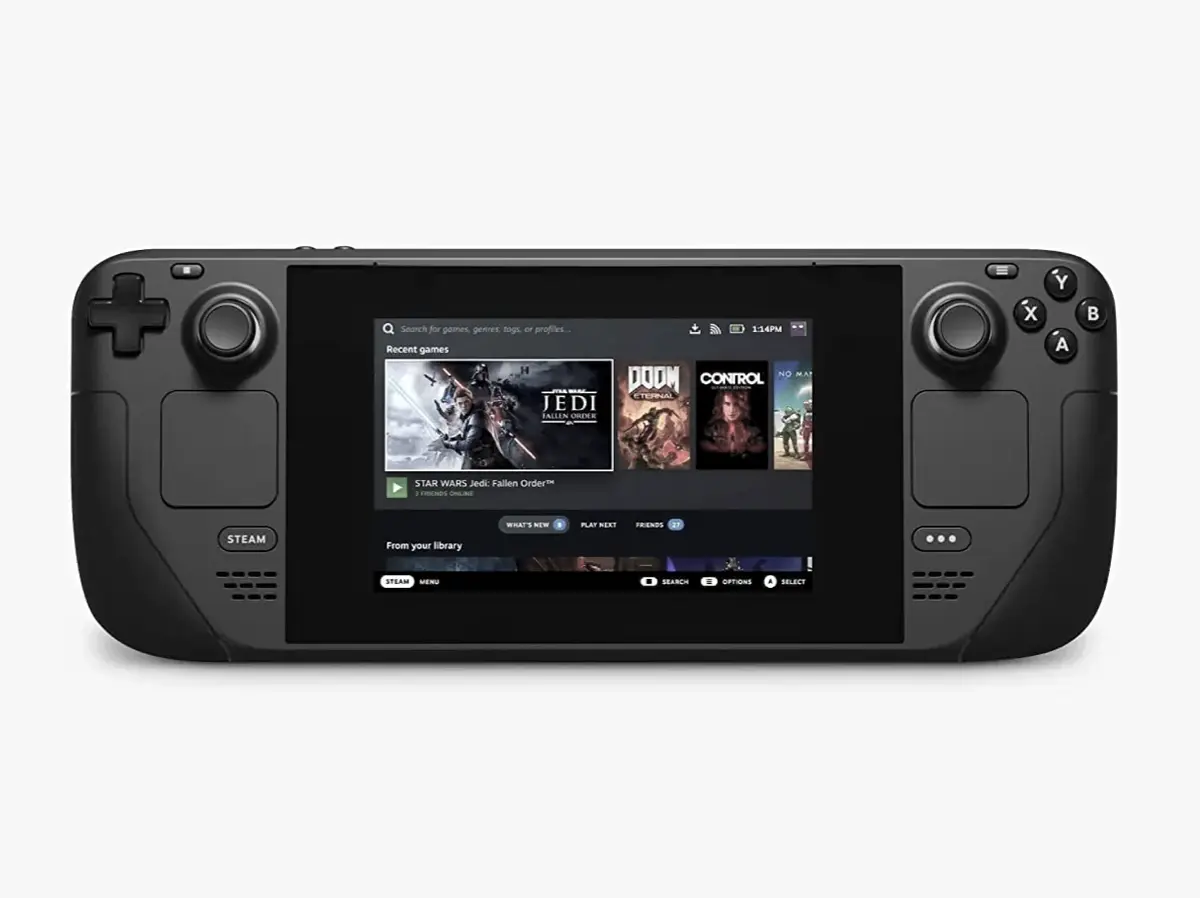LCD vs. OLED Steam Deck: Which One Should You Buy?
The Steam Deck OLED offers better visuals, improved battery life, and enhanced design. The LCD model is more affordable and still provides good value.
Valve’s Steam Deck has become a popular choice among gamers. With the introduction of the OLED model, buyers now have two options: the original LCD model or the newer OLED version. Here’s a detailed comparison to help you decide.
Why Choose the OLED Steam Deck?
The OLED Steam Deck stands out with its superior display technology. Its screen offers better contrast and deeper blacks, thanks to its ability to turn off individual pixels.
The display also supports HDR, with a peak brightness of 1,000 nits compared to the LCD model’s 400 nits. With a larger 7.4-inch screen and a smoother 90Hz refresh rate, the OLED version delivers an immersive visual experience that’s hard to beat.
Battery life is another major advantage of the OLED model. It features a 50Wh battery and a more efficient 6nm AMD processor, offering between 3 and 12 hours of gameplay.
In contrast, the LCD model’s battery lasts 2 to 8 hours. For gamers on long trips, this extended battery life can make a significant difference.
The OLED Steam Deck also benefits from improved design and durability. It is lighter and features upgraded buttons, trackpads, and sticks for better responsiveness.
The new thermal module keeps the device cooler, making it more comfortable to use during extended gaming sessions. Additionally, the OLED model offers larger storage options, with 512GB and 1TB variants, compared to the LCD model’s 256GB limit.
Connectivity is another area where the OLED model shines. It comes with Bluetooth 5.3 and Wi-Fi 6E, ensuring faster and more reliable connections, particularly when using multiple controllers or downloading games.
Why Choose the LCD Steam Deck?
The LCD Steam Deck is the more affordable option, starting at $399, which is $150 less than the base OLED model.
For budget-conscious gamers, this price difference can be significant, allowing them to spend the savings on additional games or accessories. Despite being the older model, the LCD version still delivers excellent value for casual gamers.
Storage is also expandable through SD cards, making it easy and cost-effective to upgrade. While the OLED model offers larger built-in storage, the LCD version provides flexibility for those who prefer to add storage as needed.
In terms of performance, both models are nearly identical. Games run smoothly on both devices, with no significant differences in frame rates or overall performance. For gamers who primarily play docked to a TV or monitor, the LCD model remains a great choice.
Which One Should You Buy?
The OLED Steam Deck is the better option for serious gamers who want the best visuals, longer battery life, and a premium gaming experience. Its improved design and additional features make it worth the higher price.
However, the LCD Steam Deck still holds its ground as a budget-friendly option. It’s perfect for casual gamers or those looking for a handheld device closer in price to a Nintendo Switch.
Both models offer a fantastic gaming experience, but the choice ultimately depends on your budget and gaming needs.












Leave a comment